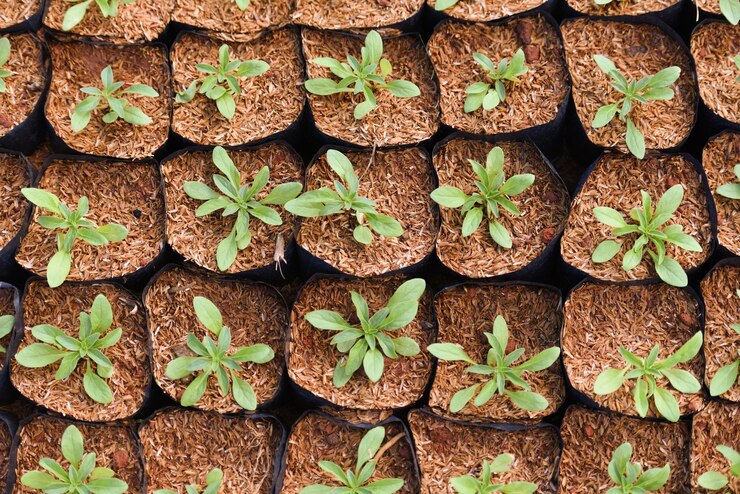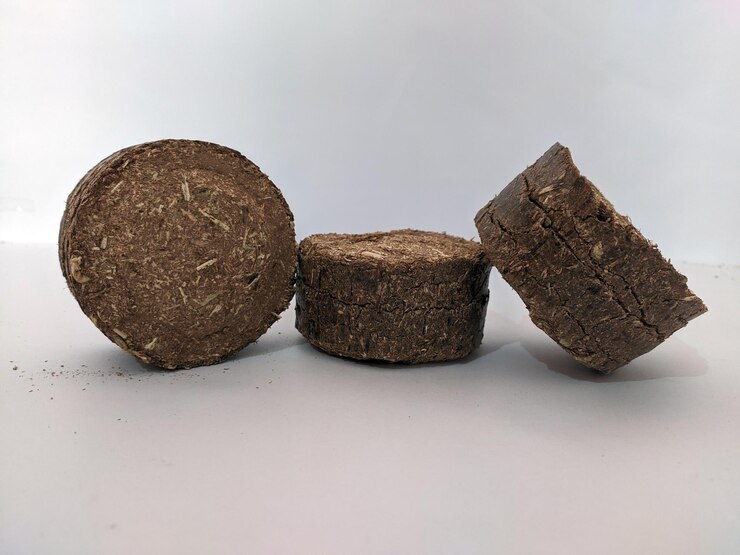Best coco peat for plants
As gardeners and farmers seek more sustainable, eco-friendly, and effective alternatives to traditional soil and peat moss, coco peat (also known as coir pith or coco coir) has emerged as a leading choice.
What is Coco Peat?
Coco peat is a by-product of the coconut industry, specifically the process of extracting coir fibers from coconut husks. Once the long fibers are removed, the remaining material—soft, spongy, and brown—is processed into a fine, soil-like substance.
-
Coco peat is:
100% organic
Biodegradable
pH-neutral to slightly acidic
Highly water-retentive
Free from pathogens and weeds (if properly processed)
It's available in various forms—loose, compressed blocks, briquettes, or discs—to suit different gardening needs.





